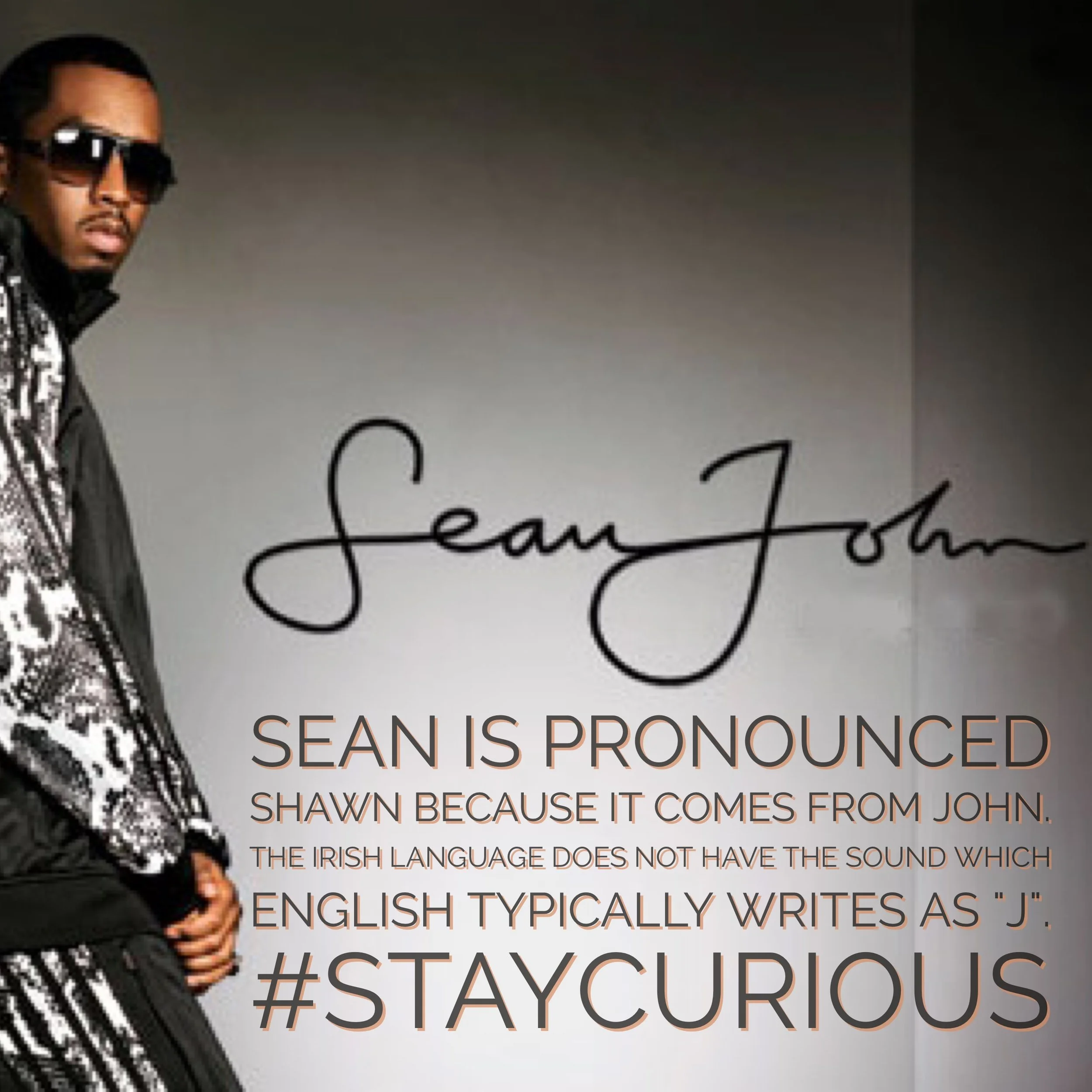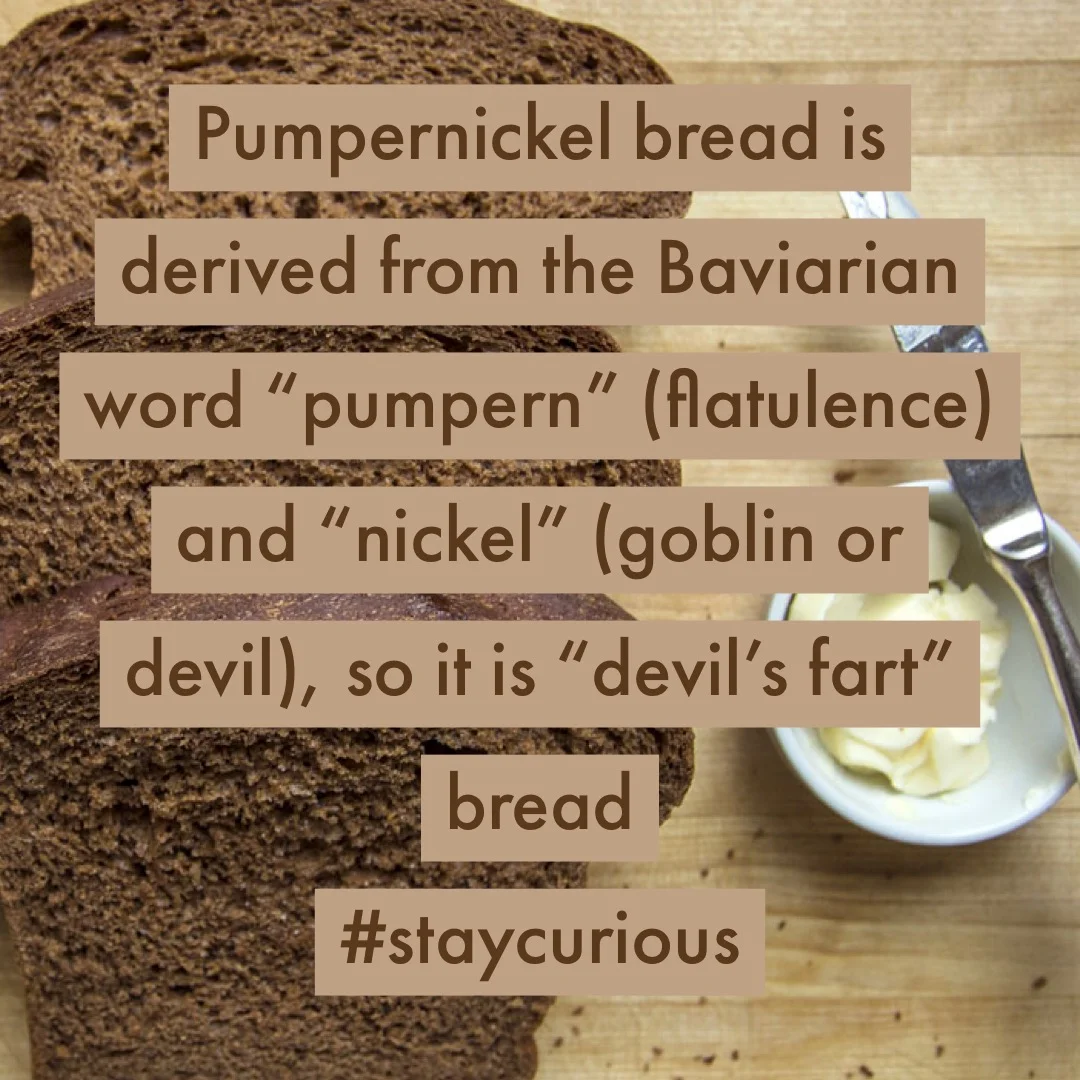Sean is pronounced Shawn because it comes from John. The Irish language does not have the sound which English typically writes as "J".

Sean is a male given name of Irish origin.[1] Its correct Irish spelling is Seán (pronounced [ˈʃɔːnʸ], shawn) or Séan (pronounced [ˈʃeːnʸ], shayn), while an older form is Seaghán. It is an Irish borrowing of the Norman French Jehan (see Jean) and is related to John. Anglicizations of Seán include Shaun, Shawn and Shon. Séan reflects the northern Irish pronunciation[2] and is anglicized Shane, Shaine or Shayne.
For notable people named Seán, refer to List of people named Sean.
OriginEdit
The name originated in the Irish language. It is an adaption of the Anglo-Norman name Johan/John. In 1066, the Norman duke, William the Conqueror conquered England, where the Norman French name Jahan / Johan (pronounced [dʒɛˈan]) came to be pronounced Jean[clarification needed], and spelled John. The Norman from the Welsh Marches, with the Norman King of England's mandate invaded parts of Leinster and Munster in the 1170s. The Irish nobility in these areas were replaced by Norman nobles, some of whom bore the Norman French name Johan or the Anglicised name John. The Irish adapted the name to their own pronunciation and spelling, producing the name Seán (or Seathan). Sean is commonly pronounced Shawn (Seán), but in the northern parts of Ireland (owing to a northern dialect), it is pronounced "Shan", "Shen" or "Shayn" (Séan, with the accent on the e instead of the a[citation needed]), thus leading to the variant Shane.
The name was once the common equivalent of John in Gaelic-speaking areas of Scotland (largely identifiable with the Highlands and Islands), but has been supplanted by a vulgarization of its address form: Iain or Ian[citation needed]. In Gaelic, when addressing someone by name, the first letter is lenited (unless it is an l, n, or r). In writing, this was once represented by placing a dot above the lenited (or aspirated) character. Since the introduction of printing type, this has been represented by adding the letter h after. The effect is to modify the sound of the lenited character (mh, by example, sounds like an English v) or to silence it. The letter s is always silenced when lenited. If the person addressed is male, the last vowel in the name must also be slender (I or e). If it is broad (a, o, or u), an i is inserted after it. By this means, the Gaelic Seamus ("Shay-muss") becomes a Sheamuis (a Hay-mish), and has been Anglicised in Scotland as Hamish. The Gaelic surname MacPhearais (Mac + Pearas, indicating son of Pierce, in which Pearas has been subjected to the same process for different reasons) was frequently Anglicised by removing the "Ma-" of "Mac" and rendering the remainder as it sounded to English ears: Corish (it is also Anglicised in a variety of other ways, including Pearson). When addressing someone named Seán in Gaelic, it becomes a Sheain ("a Ee-in"), and in Scotland was generally adapted into Scots and Highland English as Eathain, Eoin, Iain, and Ian (it should be noted that John has traditionally been more commonly used in the Scots-speaking Lowlands than any form of Seán). Even in Highland areas where Gaeilc is still spoken, these Anglicisations are now more common than Seán or Seathan.
@Curionic
#staycurious





